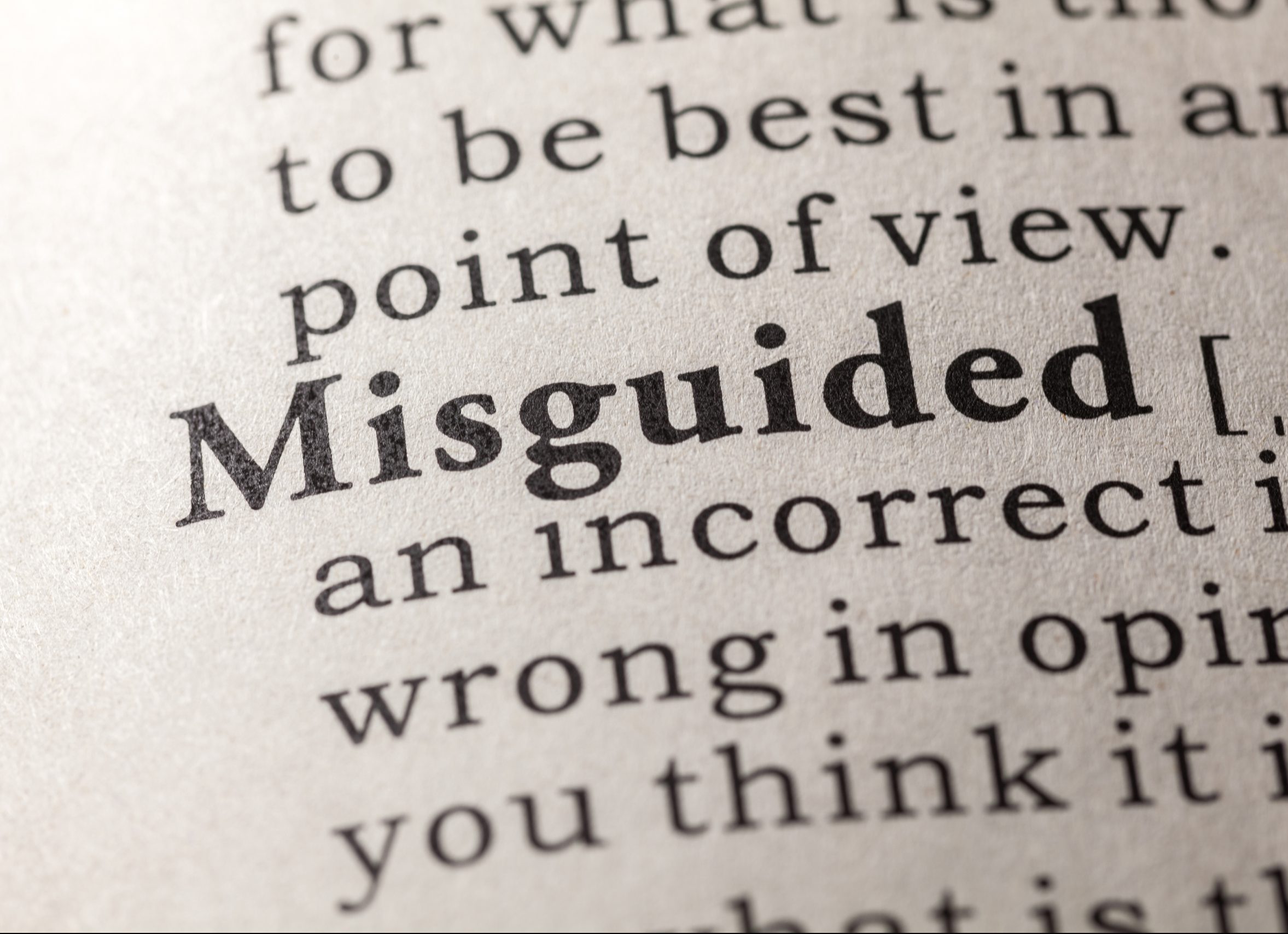Protection of Prior Trade Name in the Trademark Right Granting and Verification Proceedings | “TDK” Trademark Opposition Case | Linda Liu & Partners
Judgment Gist
When the prior trade name has a high reputation, and the goods using the trade name have a strong connection to the designated goods of the opposed mark, especially when the word part of the opposed mark is identical with the prior trade name, the use of the opposed mark is likely to cause confusion and misunderstanding among the relevant public, thus damaging the rights of the prior trade name right, and violating the provisions of Article 31 of the Trademark Law (2001).
Case Information
Case Summary
Quanzhou Nuojia Telecom Co., Ltd. (hereafter referred to as “Nuojia”) filed the trademark “TDK & device” No. 3338546 with designated goods “illuminators; hot welding guns; water heaters; refrigerators; fans (air conditioners); regulating accessories of water or gas equipment and pipes; faucets; sanitary appliances and equipment; water purification devices; heaters, etc.” in Class 11 on October 17, 2002 in China. After the opposed mark was preliminarily published, TDK KABUSHIKI KAISHA (TDK CORPORATION) (hereafter referred to as “TDK CORPORATION”) filed an opposition against it. The Trademark Office then made a decision that the word and device parts of the opposed mark were identical with those of the prior marks which were registered by TDK CORPORATION in Classes 7, 9, 14, 16, etc. (hereafter referred to as “cited marks”, please see below trademark specimen) and of certain influence in China, as such the use of the opposed mark on the goods such as “refrigerators, etc.” is likely to cause confusion and misunderstanding among the relevant public. Therefore, the registration of the opposed mark was disapproved.\
Opposed mark Cited marks
Nuojia was not satisfied with the opposition decision and appealed to the TRAB based on the main grounds that the designated goods of the opposed mark were not similar to those of the cited marks, and the cited marks did not constitute a well-known trademark prescribed in Paragraph 2 of Article 13 of Trademark Law, therefore the coexistence of the opposed mark and the cited marks will not cause confusion and misunderstanding among the consumers, and the registration of the opposed mark should be approved.
TDK CORPORATION responded within the specified time limit, claiming that the trademark “TDK” was originally created by itself and it was also the company’s trade name. After a long period of use, the trademark and trade name have already had a high reputation and influence among the relevant Chinese public. Under such circumstance, the registration of the opposed mark which is identical with TDK CORPORATION’s cited marks by Nuojia on the goods such as illuminators will inevitably lead to confusion and misunderstanding among the consumers.
On December 27, 2011, the TRAB made the review decision not to recognize the trademark “TDK” a well-known trademark, and it also held that it was difficult to identify that the registration of the opposed mark infringed the prior trade name right of TDK CORPORATION, so it decided to approve the registration of the opposed mark.
TDK CORPORATION was not satisfied with the opposition review decision and filed a lawsuit with Beijing First Intermediate People’s Court. The court of first instance held that “electronic components” operated and claimed by TDK CORPORATION of relatively high popularity differed greatly from the goods designated for use by the opposed mark in terms of function, use, etc., and they did not belong to similar goods. The claim of TDK CORPORATION that the registration of the opposed mark infringed its prior trade name right and should not be approved for registration lacked factual basis. Accordingly, the court of first instance dismissed the claims of TDK CORPORATION.
TDK CORPORATION was not satisfied with the first instance judgment and appealed to Beijing High People’s Court (hereinafter referred to as “the court of second instance”). During the second instance trial, TDK CORPORATION further emphasized its claims on the right of the prior trade name, and strengthened that the coexistence of the opposed mark and the trade name of TDK CORPORATION would lead to confusion and misunderstanding among the relevant public from three aspects, including “the distinctiveness of the prior trade name”, “the popularity of the prior trade name”, and “the degree of relevance between the designated goods of the opposed mark and the goods provided by the prior trade name owner”. The second instance court held that although the designated goods of the opposed mark “illuminators; hot welding guns; water heaters; refrigerators; fans (air conditioners); regulating accessories of water or gas equipment and pipes; faucets; sanitary appliances and equipment; water purification devices; heaters, etc.” differ from the “electronic components, etc.” at certain level in terms of function and use, they are highly related in the whole production process, given “electronic components, etc.” are often necessary parts for the production of “illuminators; hot welding guns; water heaters; refrigerators; fans (air conditioners); regulating accessories of water or gas equipment and pipes; faucets; sanitary appliances and equipment; water purification devices; heaters, etc.”. In particular, as the word part of the opposed mark is identical with the prior trade name, the use of the trademark that is identical with or similar to the prior trade name used by TDK CORPORATION and of certain influence is likely to lead to confusion and misunderstanding among the relevant public, thus damaging the prior trade name right of TDK CORPORATION. Accordingly, the court of second instance ruled to revoke the review decision and the first instance judgment, and ordered the TRAB to make a new review decision.
Nuojia was not satisfied with the second instance judgment, and submitted a request to the Supreme Court for retrial, claiming that the evidence on file could not prove the popularity of the trade name TDK, and emphasized that the designated goods of the opposed mark such as faucets were not electrical appliances, which were quite different from the “electronic components” bearing the trade name TDK, and their use would not lead to confusion and misunderstanding among the relevant public. TDK CORPORATION refuted such claims and pointed out that the evidence provided by Nuojia also showed that products such as faucets have entered the era of intelligence, and sensors are indispensable accessories for intelligent devices, while sensors are electronic components, that is, electronic components are also parts of products such as water faucets. The Supreme Court heard the retrial request of Nuojia, and finally determined that the evidence on the file can prove that the trade name TDK has a high reputation in the fields of electronic components, etc. Although electronic components and the designated goods of the opposed mark belong to different classes and have certain differences in functions and uses, electronic components are usually parts for the production of the designated goods of the opposed mark, and they are of certain relevance in the whole production process. Meanwhile, “TDK” is a fabricated word with strong distinctiveness, and the opposed mark is basically the same as the specimen of the cited marks of TDK CORPORATION. Under such circumstance, the application for registration of the opposed mark is likely to cause confusion and misunderstanding among the relevant public, thus infringing the prior trade name right of TDK CORPORATION and violating Article 31 of the Trademark Law. Accordingly, the Supreme Court ruled to dismiss the retrial request of Nuojia.
Attorney’s Opinion
This case mainly involves the protection of the prior trade name in the trademark right granting and verification proceedings. The Supreme Court pointed out that the right of trade name belongs to the prior right specified in Article 31 of the Trademark Law of 2001. To judge whether the application for registration of the opposed mark constitutes damage to the prior right of trade name of others, it is necessary to consider whether the popularity of the trade name before the application date of the opposed mark, and whether the registration of the opposed mark that is identical with or similar to the trade name is likely to cause confusion and misunderstanding among the relevant public so as to possibly damage the interests of the prior trade name owner.
Although the Trademark Law clearly stipulates the protection of the right of prior trade names, it is not easy to claim protection for the prior trade name right in judicial practice. In this case, at the stage of opposition review and first instance litigation, both the TRAB and the court of first instance failed to recognize TDK CORPORATION’s claim to protect its prior trade name on the ground that the goods were dissimilar. We believe that the scope of protection of the right of the prior trade name should be determined according to the distinctiveness and popularity of the prior trade name, as well as the degree of relevance between the goods or services of both parties. Compared with trade names without much popularity, the scope of protection for the trade names with high popularity should be obviously broader. Meanwhile, the distinctiveness of a trade name is also a key point in consideration when judging whether it is easy to cause confusion. Therefore, the distinctiveness and popularity of the prior trade name should be emphasized and demonstrated. In addition, for the goods of both parties, similarity should not be determined simply and rigidly based on the Chinese Classification of Similar Goods and Services, and take this as a precondition for whether to protect the right of prior trade names. The most fundamental judgment principle is to consider whether the coexistence of trademarks and prior trade names will lead to confusion and misunderstanding of the source of goods among the relevant public. If the prior trade name has a high degree of distinctiveness, provided that the disputed trademark is basically the same as the prior trade name and the goods of both parties have a greater degree of relevance, then even if the goods of both parties do not constitute similar goods, the use of the disputed trademark is likely to lead to confusion and misunderstanding among the relevant public, thus damaging the interests of the holder of the prior trade name.
Link of the Case Judgments:
First instance:
Second instance:
Retrial:






